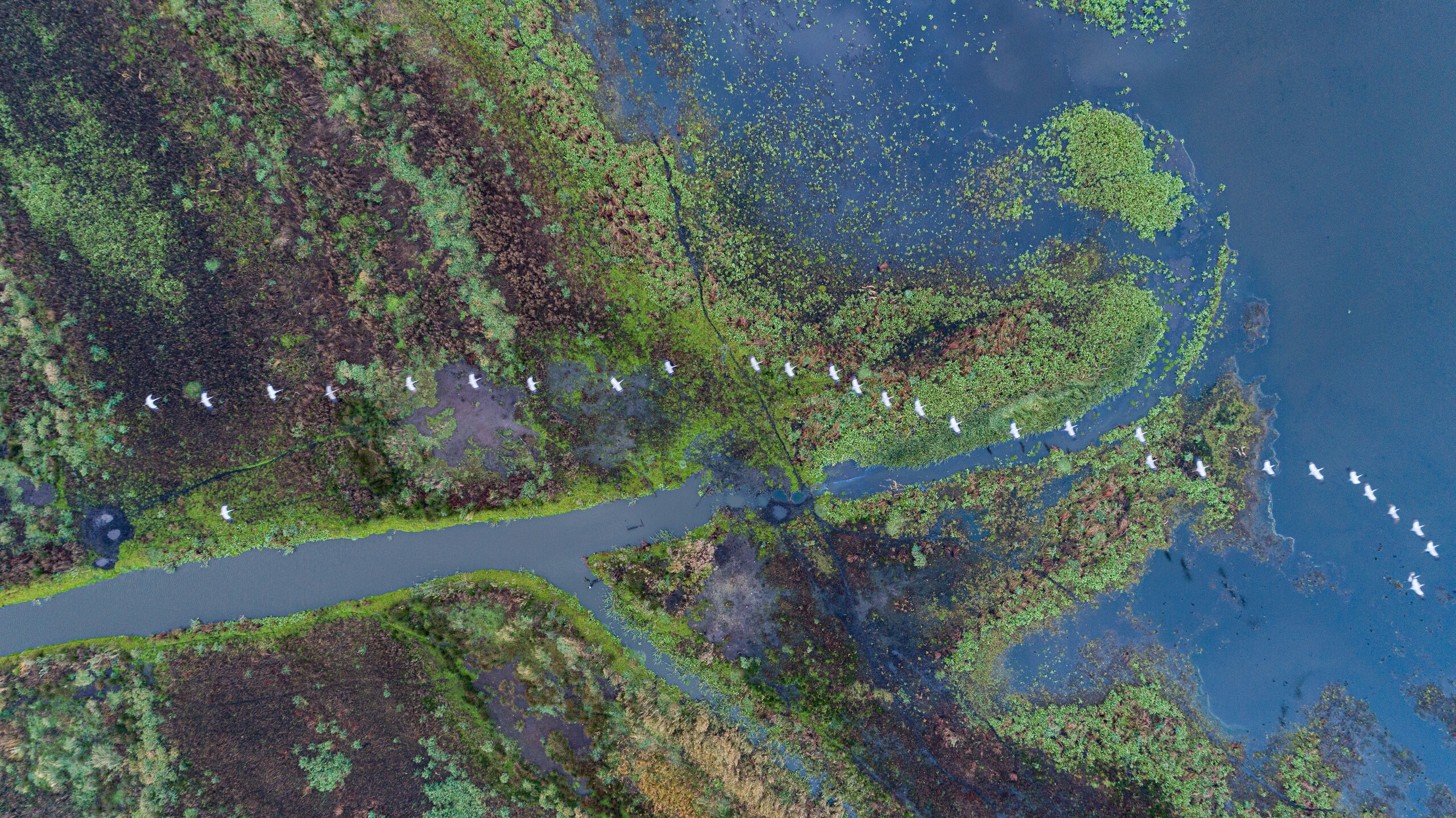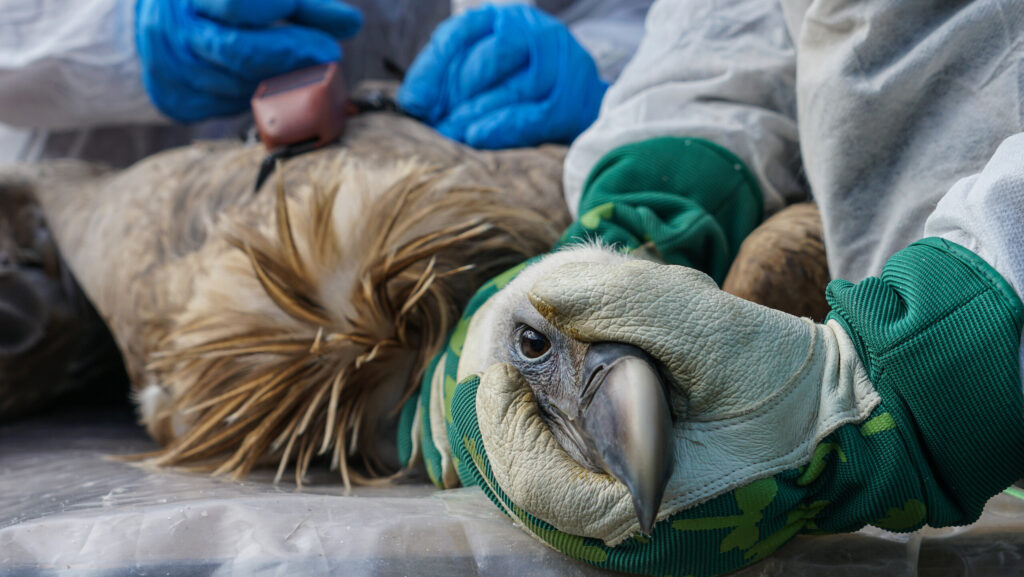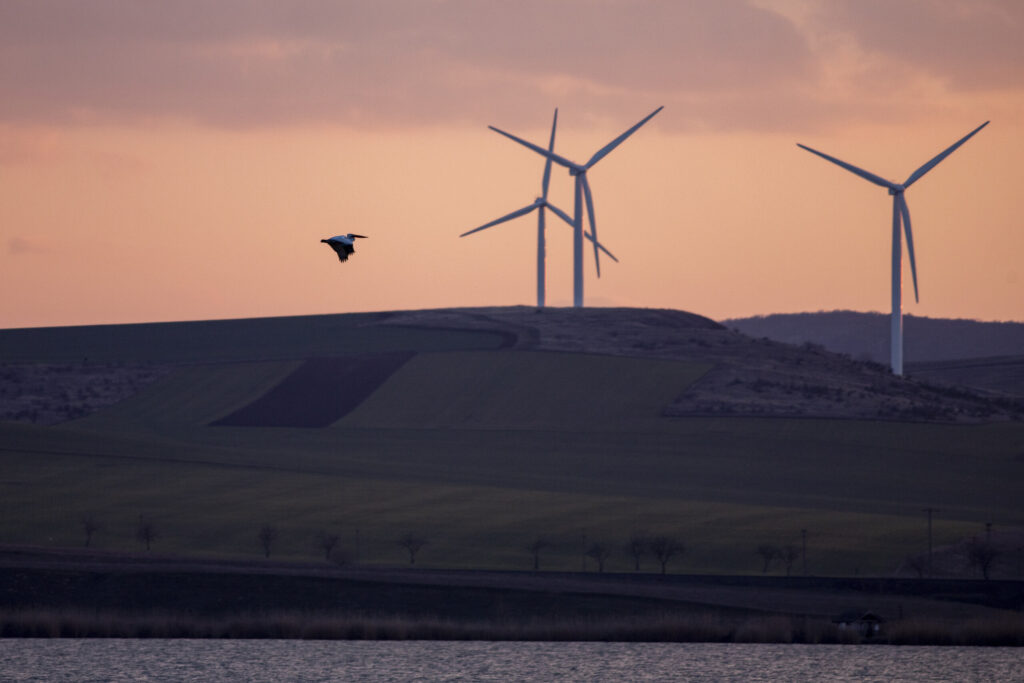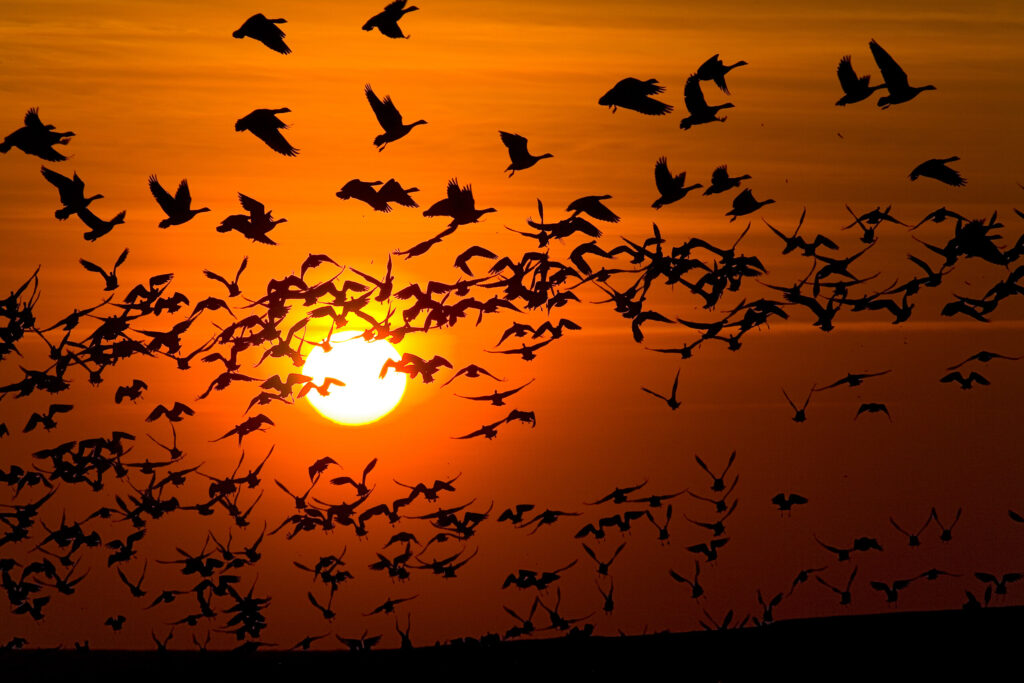An international study investigated the causes of mortality of 45 species of migratory birds on the African-Eurasian flyway, revealing a worrying picture: almost 40% of the deaths are human-induced.

Storks, kites, harriers, cranes, and griffon vultures are just some of the 45 species of migratory birds studied with the aim of identifying the main causes of death along African-Eurasian flyway.
To achieve this result, the study utilised satellite tracking: a technique that allows for precise monitoring of the movements of animals equipped with transmitters, even identifying the circumstances of their deaths.
What makes this investigation particularly significant is its extensive scope: a sample of 1704 death cases that occurred over 18 years – from 2003 to 2021 – in 91 countries. A large dataset that has enabled researchers to identify patterns and trends over time and space, thus providing valuable information on the mortality of migratory birds. Rewilding Apennines and Biodiversity Carabinieri Department of Castel di Sangro also contributed by providing monitoring data on the griffon vulture population in the Central Apennines.

The results shed light on a sad reality: the mortality of migratory birds along Afro-Eurasian routes is largely due to human action. We’re talking about 37% of cases: almost double (1.6 times) compared to natural causes of mortality. Leading causes include electrocution, illegal killings, and poisoning, responsible for 40.5%, 21.7%, and 16.3% of all deaths induced by humans, respectively.
Understanding the causes of death is crucial because it helps develop targeted conservation strategies. Knowing which species die most frequently, why, and where is undoubtedly a valuable aid in conservation efforts.
What emerges clearly from the study is the significant role of energy infrastructure. The combined mortality associated with these infrastructures – namely electrocution, collisions with wind turbines and power lines – accounts for a staggering 49% of all human-induced mortality events. Balancing the need for clean energy with biodiversity conservation will be a decisive challenge in the coming decades. By 2050, we can expect a tenfold increase in wind power capacity alone. Designing and adopting mitigation measures to limit the hazards posed by these installations is imperative if we want to avoid dramatic consequences for migratory bird conservation.
Using sophisticated statistical models, scientists have also identified predisposing factors such as taxonomic group or geographic location, to name a few significant ones. For example, the continent where migrants most often die due to human-related causes is Africa, where poaching is prevalent. In Europe, 57% of deaths are linked to energy infrastructure. Furthermore, vultures are more likely to die from poisoning; in the Central Apennines alone, 36 griffon vultures have died from this cause or under suspicion in the last three years.

It’s striking that despite the passing years, human-induced mortality seems to have remained consistently high. None of the various scenarios explored through statistical models have detected any changes in death frequency over the last 15 years. In other words, migratory birds were dying at the same rate 15 years ago as they are today. One possible explanation is that both natural and induced deaths have varied at the same pace. However, we cannot rule out that some threats have been replaced by others over the years. A glaring example is incidents related to energy infrastructure, which seem to have intensified parallel to the presumed decrease in illegal killings, as indicated by previous studies conducted in Spain.
All this information, analyzed by a team of scholars and international organizations, and collected through the efforts of numerous researchers, institutions, and NGOs, should not remain confined to the scientific community but brought to the attention of society as a whole. Biodiversity conservation and the protection of migratory birds are not only the tasks of scientists, protected areas or environmental organisations but a responsibility that involves everyone.
It is time to chart a new route and support tangible actions to challenge the dangers that face migratory birds, these boundless travellers whose timeless dance through the seasons has left an indelible mark on the human soul.

The study